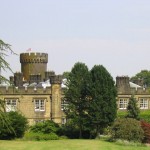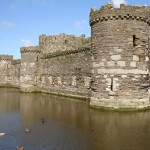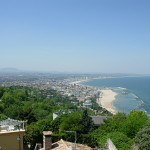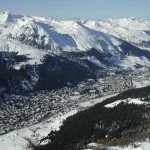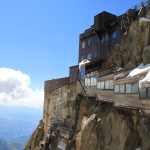Basics of Flamenco – a deeply-rooted tradition in southern Spanish culture
The word flamenco often conjures up images of cheap package holidays to the Spanish Costas, copious amounts of cheap sangria and some rather rowdy tourists. There is no doubt that there are shows on offer in the tourist areas which fit this stereotype, but flamenco is a deeply-rooted tradition in southern Spanish culture and it is well worth taking the time out from the beach holiday to try to find out more about this music and dance style.
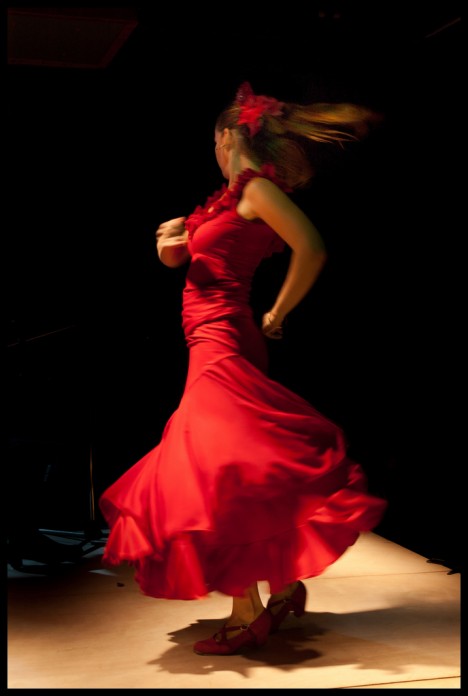
Flamenco dance by Flavio (back for a while…)
Types
The first thing that most of us associate with the flamenco tradition is castanets and brightly coloured dresses but these are just two of the elements which make up a flamenco performance. As well as the dancing and castanets, flamenco performers will also sing, clap their hands along with the music and play on the traditional style Alhambra guitar. Flamenco has its roots in the Romany gypsy culture of the southern part of Spain, and the city which is the spiritual home to flamenco performers is Seville.
Performers
The flamenco tradition is alive and kicking throughout Spain but still predominates in the south. Informally, at many weddings you can expect to see an uncle get out one of his Alhambra guitars and start to strum a few chords, accompanied by another family member on vocals. There are also many professional flamenco performers, the best of which have the star status usually afforded to pop stars or movie stars. The genre of flamenco has developed over the years and there are many different styles of the music and dancing, some forming crossovers with other art forms such as ballet or tap dancing.
Duende
The key to a good flamenco performance is “duende” a Spanish word which is roughly translated as soul or passion. Flamenco performers put incredible passion into their performances and try to convey the words of the singer through the dance movements. In traditional flamenco performances maturity is an advantage as it is thought that the “duende” develops with age and that teenagers and young adults do not have sufficient life experience to interpret the moves properly. Flamenco in Spain is therefore very popular with dancers in their 30s, 40s or even older.
Experiencing Flamenco
Perhaps the best flamenco experiences are when you stumble across a bar in a remote village and hear the strains of the Alhambra classical guitar coming from inside. Most visitors to Spain are not so lucky, and it can be difficult to find a performance which is authentic and not simply tailored to tourists’ tastes. Going by car to one of the larger towns and cities away from the coast can make it easier to find somewhere, or ask the staff members at your holiday accommodation to recommend somewhere with an authentic feel to it. Some of the best known and most professional flamenco performances are booked up months in advance, so investigate what is due to be happening before you make your holiday plans. If you get bitten by the flamenco bug, there always classes in the UK which will teach you the basics.
Excellent Spanish guitars, ideal for Flamenco, include the stunning Alhambra guitar which can be found at London Guitar Studio’s wonderful online store.
Category: Wellness, Relax and Sports, Wellness, Relax and Sports







